Flatlining with Rædwald: Mark Hooper explores the East Anglian domain of a long-dead king.
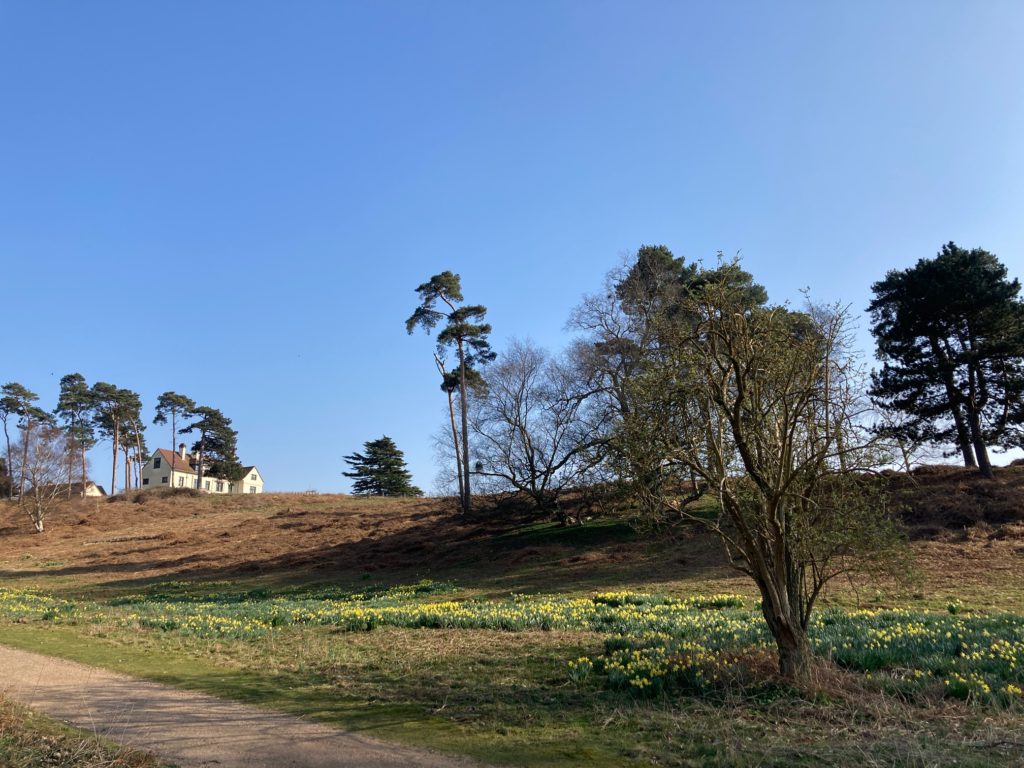
The story so far: your not-so-intrepid idiot has embarked on a series of walks across the country, but has only got as far as nearly killing himself a few miles from his home…
Following my brush with a broken stump, I thought I’d opt for somewhere as unchallenging as possible for my next walk, so the flatlands of East Anglia naturally came to mind. It’s not an area I know well, but, being home to the Fens and the Broads, it seemed to promise exactly the kind of ultra-mild walking experience I needed.
Before going any further, it’s time for a confession. I bear wholly irrational negative thoughts about Norfolk. I can only attribute this to (a) Alan Partridge and (b) my friend Matt, a die-hard Ipswich Town fan who, when I first moved to London, invited me not only to his home but his stadium, where I couldn’t help but pick up a little anti-Norwich bias. And this is despite the fact that my Aunty and Uncle, two of the loveliest, most right-on (old money) people I know, live in Norfolk, in the most idyllic country cottage, with an address that reads like a fairytale (I won’t give the entire details here, but the nearest town is Wymondham, which is pronounced ‘Wyndham’ by the locals — one of those brilliant details that seems to serve no purpose other than to identify and humiliate strangers).
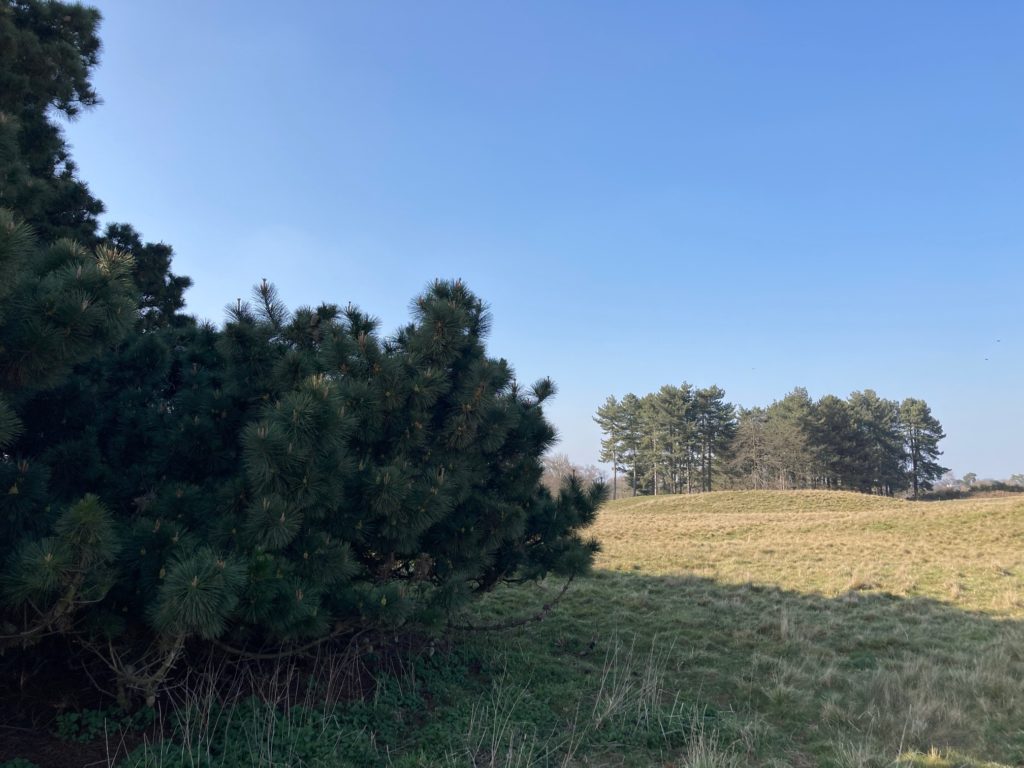
Not only had their son, my cousin, recently moved back to Norwich with his beautiful young family, it is also the home of my former flatmate Tim, a cancer surgeon who grew up a few miles from Bob Mortimer in Yarm, Middlesbrough, and shares a similar, cheeky-chappy humour. I made vague plans to check in with all of the above — but first I had another friend I wanted to check in with: my old mate Pete, who had recently moved to Suffolk from his birthplace in London’s East End with his young family.
There was something about Pete living in the countryside that just didn’t compute. For me, he was ‘urban’ personified — an endless source of hip hop knowledge and more besides. He’s probably the most well-read person I know, but not in that stuffy, dry, academic way. Pete is the exact opposite: alive and buzzing with so much information it’s impossible to keep up. He has a way of drawing relevance and reference from the most unlikely of sources. I remember discovering that his university dissertation was a comparison between Dickens and the prison letters of the Soledad Brothers — and thinking, that’s classic Pete. East End working class righteousness tangled up with Black Panther ideology. But seeing him in situ with his sweet family (his wife, who he met when we worked together 25 years ago, and his hilarious, mini-me son), it all made perfect sense. He showed me the hedge he’d laid and talked of his pride at how impressed his dad, a city gardener, had been with it. And then he led me down a winding conversational path, spanning Gormenghast, C. S. Lewis, Tolkien, creation myths and The Clash. Sometimes it was easier to just stay silent, sit back and enjoy the view.
And what a view. His garden backed onto miles of reassuringly flat farmland. After Pete’s handmade effort, there didn’t seem to be another hedgerow as far as I could make out in the evening’s gloaming. Of course, Pete had a fact about that too. The reason the US Air Force was based in East Anglia during WWII was because of the vast expanses of flat, uninterrupted fields, perfect for airfields. Once the planes left, they proved equally suited to another American import — modern, intensive farming. It also offers plenty in the way of history and legend to explore. There is, for instance, Dunwich, the lost city that was once the capital of the Kingdom of the Eastern Angles and, like a Suffolk Atlantis, succumbed to the waves during the great storms of 1287. Locals say you can still hear the church bells ringing from under the sea if you stand on the cliffs looking out over the site where Dunwich was swept away. I could tell you more, but you’d be far better off reading Shadowlands by Matthew Green, which details the stories of eight vanished dwellings in Britain, from the abandoned island of St Kilda to the Welsh town of Capel Celyn, drowned by Liverpool City Council to create a new reservoir in the 1960s. By amazing coincidence, Green was reading an extract from his book on Cerys Matthews’ BBC 6Music show as I drove past the turning for Dunwich.
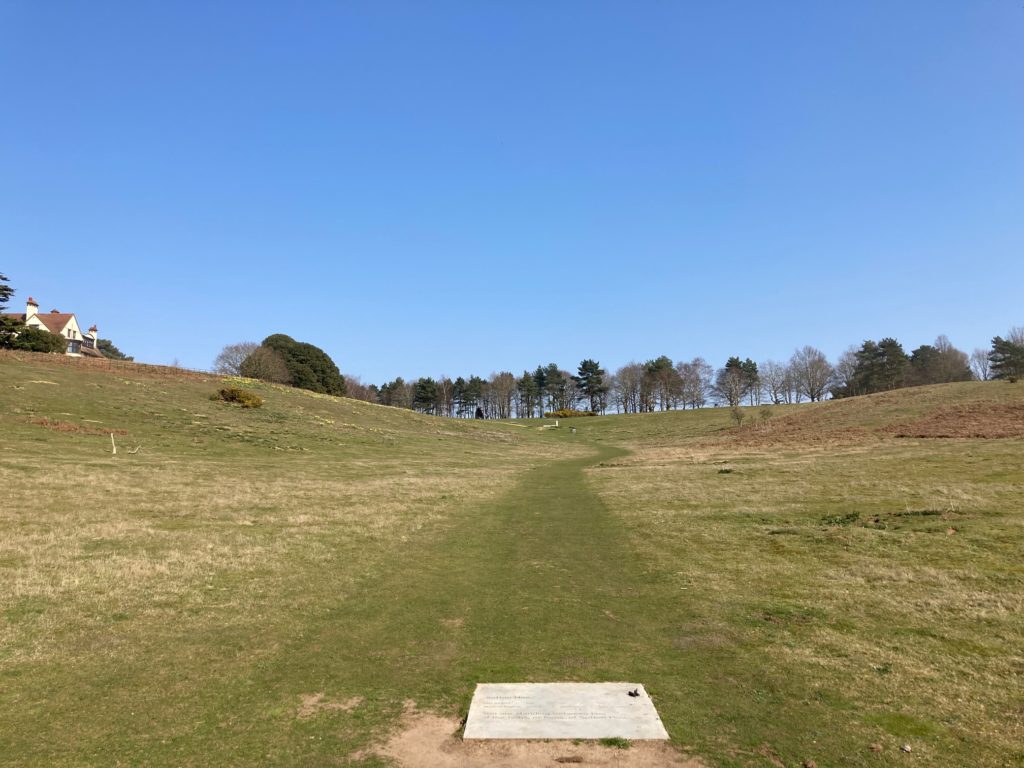
But instead, I took Pete’s suggestion and headed inland to Sutton Hoo, the site of one of the most remarkable archeological finds in England — the burial place of Rædwald, king of the East Angles, who died in the year 624 BC. (All of which is open to debate but, as Matthew Green said on the radio, the further you go back into history, the more it all becomes theory and conjecture, so you can pretty much run with the most interesting story until someone proves you wrong.) The tale of the burial ground’s discovery is a fascinating yarn in itself, with self-taught local archeologist Basil Brown first discovering and excavating the site in 1938, before more established experts descended and took much of the credit. Brown’s place in history has now been restored by the British Museum, as well as some help from the Netflix film The Dig, in which Ralph Fiennes demonstrates a fine mastery of the local dialect (clearly a man who knows how to say ‘Wymondham’).
Suffice to say, it was an important find, housed within a great longship that had been dragged up the valley from the River Deben. The ship itself had long been dissolved in the acidic soil, but when Brown first uncovered it, discoloration in the sand provided a ghost ‘shadow’ of the vessel’s beams. The quality of the treasures unearthed forced scholars to completely rethink the sophistication of Anglo-Saxon civilization. Furthermore, the king’s burial mound is just one in a series, all located close together in what is in effect a ancient royal cemetery. Most of the graves had already been robbed, first in the 16th century, when a pit dug into the soil missed the main site by inches until Brown found the riches beneath.
What’s great about visiting Sutton Hoo today is how the trail to the burial site is obscured by the gentle topography of the land. If you follow the route set by the National Trust, you are teased with hints of what’s to come, walking down past Tranmer House, where the landowner Edith Pretty lived at the time, and then following the likely course of the ship itself as it was heaved up from the estuary, through what are now woods, until, hidden behind trees, a giant new viewing platform, completed in lockdown, reveals itself.
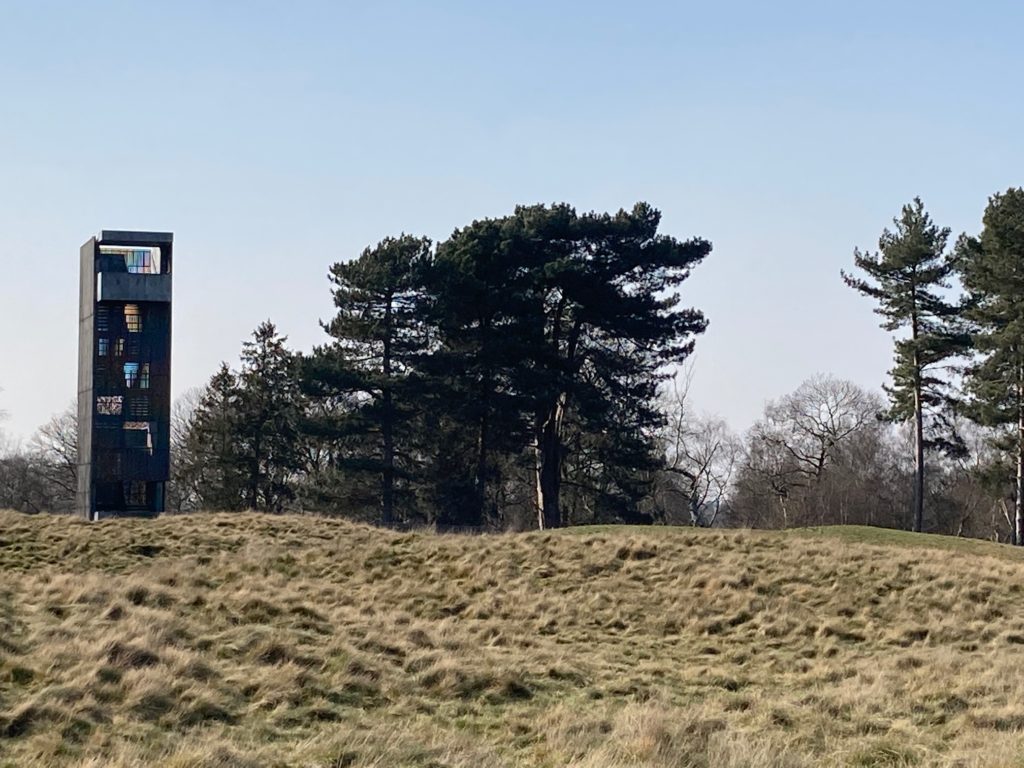
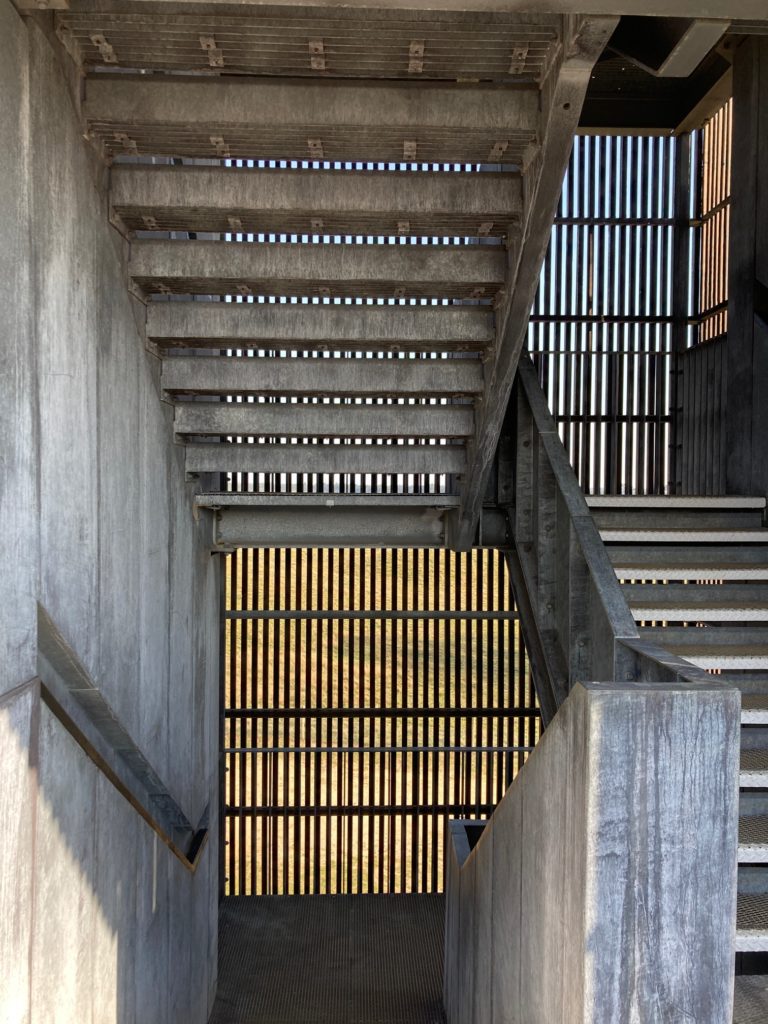
I timed my journey to get there around lunchtime, so I could enjoy a wholesome, locally-sourced lunch at the King’s River café before my walk. But when I arrived, it was closed for a group of VIPs who were being treated to a private tour of the site. In the end, it didn’t matter too much, because my appetite disappeared the minute I opened the car door, thanks to a distinct, sickly-sweet odour — like that of a dead animal or something rotten. I guessed it was a mixture of sea air drifting up from the estuary below and pig shit from the (US-style, industrial-sized) farm next door, rather than Rædwald’s remains. In fact I hadn’t fully realised how spectacularly poor my timing was until a local walking his dog cheerfully remarked, ‘What a shame you’re not here on the weekend — they’re reopening the exhibition centre!’
But I was here for the walks, not the dioramas. After climbing to the top of the viewing platform (which treads a fine balance between Anglo-Saxon rustic and Teutonic modernist), you get a far better perspective on the pattern of small hillocks, which from ground level resemble nothing more impressive than the bunkers on a municipal golf course. And that was just the start. From there, I strayed between two well marked-out circular walks — the River View and Pine Walk — that weaved their way down and around the shores of the Debden. At one point I strayed close to the river as it glistened tantalizingly close below me, but the ground soon turned into a boggy peat — great for preserving ancient treasures, but not so good for supporting bodyweight.
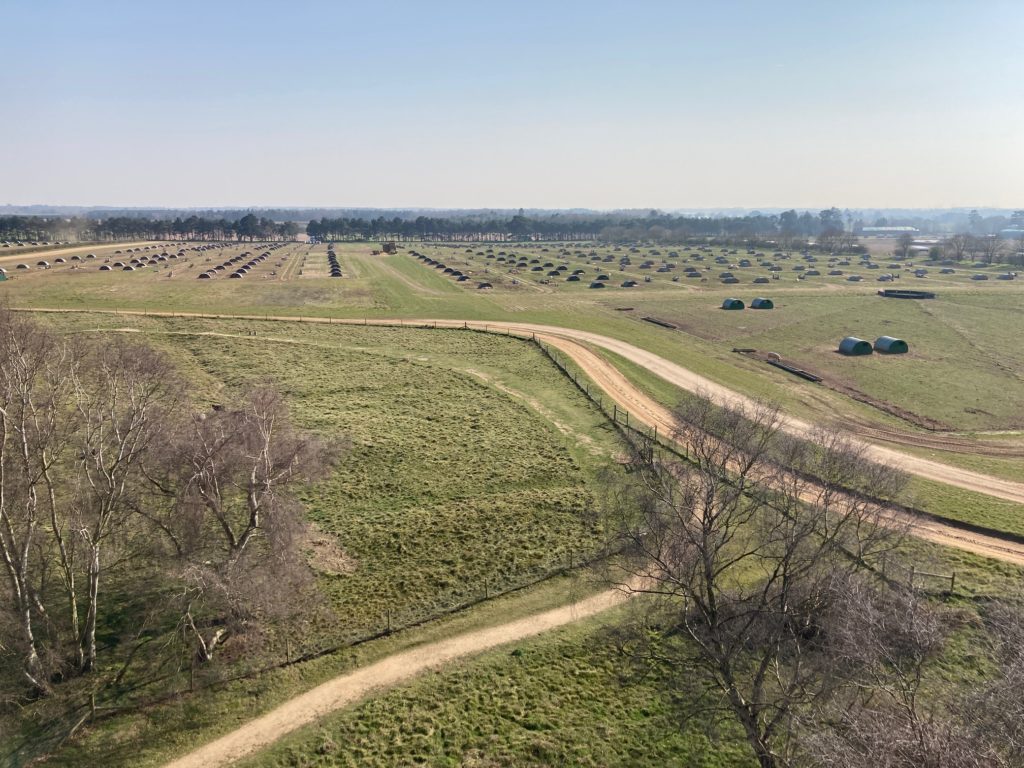
It was the best type of walk — no agenda, no deadline, and virtually no people (thanks to everyone else getting the memo about the VIPs). By the time I got back to the car park, I’d also addressed a few preconceptions. Norfolk isn’t flat and dull. Later, as I walked through the UAE sculpture park with Tim, he kindly told everyone we met that I was off to watch Ipswich Town that Saturday with Matt (just for old time’s sake). As I accepted the abuse from cheery Norfolk surgeons and schoolteachers, I tried to be philosophical. It’s good to see both sides of every debate. And football match. Look at things from all angles and you might get a better perspective. And, most of all, be more Basil Brown: dig a little deeper — you might unearth some treasures.